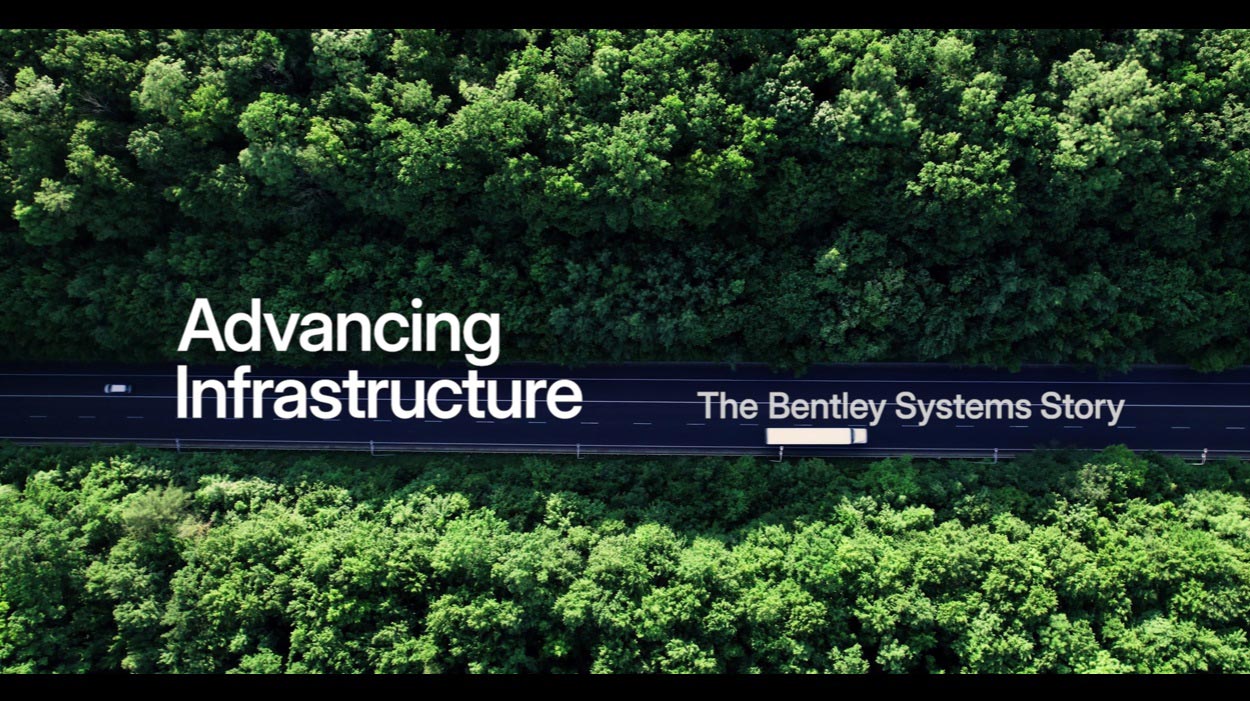BENTLEY SYSTEMS INC.
History
Founded in 1984, Bentley Systems was built by engineers for engineers, and our history reflects the digital evolution of the infrastructure profession.
This is our story.
1960 – 1984
Early Days of CAD
Popularized during the 1960s and 70s, computer aided design (CAD) sparked a dramatic change in how engineers across industries approached their work. The technology enabled engineers to automate their drawing tasks, from drafting to mapping to design.
During that same period, Bonnie and Thomas Bentley were instilling a strong work ethic and creativity into the lives of their six children. Their five sons – Greg, Barry, Scott, Keith, Ray – would later apply those learnings to advancing the world’s infrastructure.

1984 – 1986
Bentley's Bootstrapping
Keith Bentley saw an opportunity to take CAD technology a step further as personal computers entered the mainstream in the 1980s. While a programmer at E.I. DuPont in Delaware, Keith developed software that allowed CAD drawings to be accessed by engineers on a more cost-effective terminal compared to the more costly interactive graphics workstations being used at the time.
Retaining the rights to the software he wrote at DuPont, Keith moved to Southern California to join his brother Barry’s software startup that developed software for chemistry laboratory data analysis. The technology was sound, but the business model struggled.
The pair soon realized that the CAD software market was a much bigger opportunity than the one they had been chasing and launched Bentley Systems on September 5th, 1984. After recruiting their bothers Scott and Ray, they moved back across the country to Pennsylvania and worked tirelessly on developing MicroStation, laying the foundation for Bentley’s success.
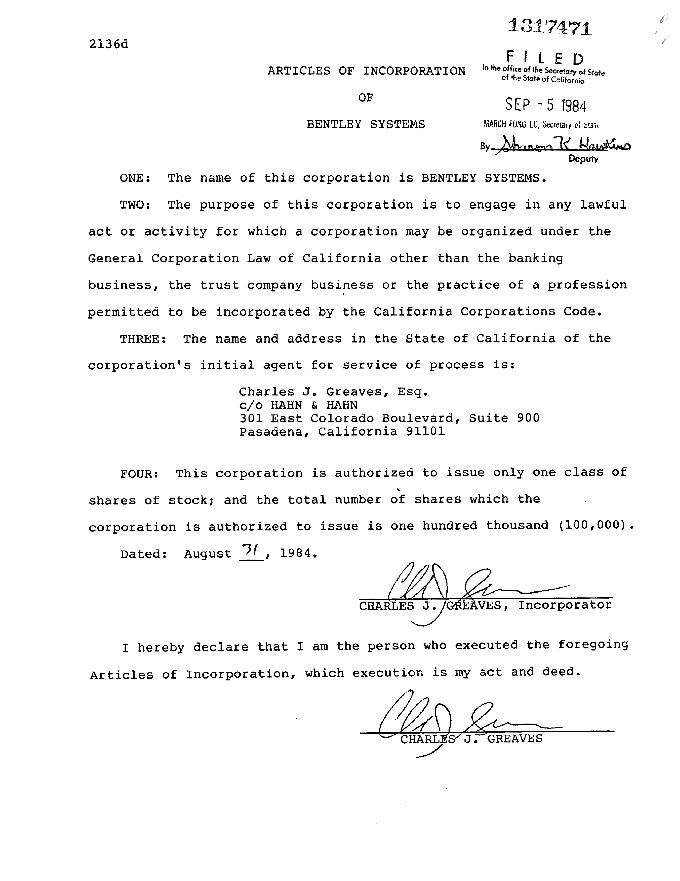
1987 – 1994
Platform Pedigree
Focused efforts to expand and refine MicroStation resulted in rapid sales growth. An exclusive distribution agreement with a leading graphics workstation producer posed limitations due to an exponentially growing market for PC-based CAD software.
The oldest of the five Bentley brothers, Greg, joined his brothers to lead business development, and the company opened offices in Exton, Pennsylvania, which remain Bentley’s global headquarters. Greg established a third-party developer network, built a PC maintenance and support program, and paved the way for expanded global operations during these formative years.
By 1994, Bentley was renegotiating its relationship with its exclusive distributor. In anticipation of building its own distribution channel, Bentley Systems grew from 80 to 200 employees, and revenue topped $25 million by year’s end.
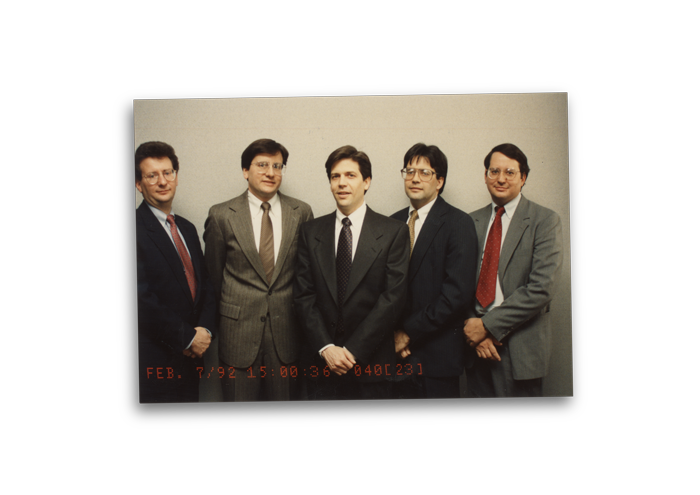
1995 – 1999
Indirect Expediency
Aggressive growth defined the late ‘90s for Bentley Systems amid the rise of networked PCs and servers. The company expanded globally, developed its own distribution channels, and sharply focused on developing and acquiring new software applications. Revenue climbed from $95 million in 1995 to more than $182 million in 1999.
Among its acquisitions was Finland-based Opti Inter-Consult, whose TeamMate software would form the basis of ProjectWise, Bentley’s infrastructure project delivery software. Bentley officially launched ProjectWise in 1999, and the solutions are now used by 46 of U.S. State Departments of Transportation.
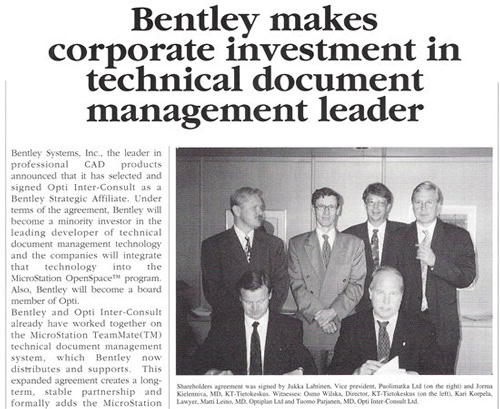
2000 – 2004
Direct Determination
Bentley Systems was the second largest privately held software company in the U.S. by 2000, and revenue topped $200 million. Bentley offices, now spanning 38 countries, supported more than 315,000 users of MicroStation.
With Greg Bentley now CEO and his brother Keith as Chief Technology Officer, the company rode the wave of increased personal computing power, which enabled the development of 3D applications for building information modeling (BIM). Along with the internet, common data environments (CDEs) also facilitated global work-sharing and collaborative BIM.
Bentley made several acquisitions that significantly shaped its trajectory, including Rebis, MX, HMR, GEOPAK, AXSYS, and Haestad Methods. These acquisitions helped Bentley become a leader in the design and development of manufacturing plants, road and rail infrastructure, and water systems.
2004 also marked the first year of Bentley’s annual ceremony, then called the BE Awards of Excellence, celebrating the extraordinary work of people using Bentley software. 2024 marks the 20th anniversary of this prestigious award ceremony, now called The Going Digital Awards.
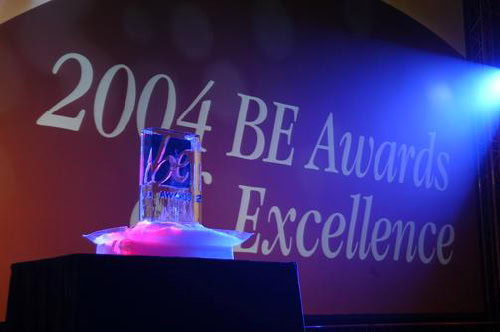
2005 – 2009
Commitment to Comprehensiveness
After opening a development center in Lithuania in 2005, Bentley acquired STAAD and RAM International to help establish its leadership position in structural engineering software. Over the next four years, Bentley focused on acquiring several other companies to cement its leadership in bridge design software and expanded into construction simulation software. By 2009, revenues surpassed $500 million.

2010 – 2014
Enterprise Aspiration
Bentley expanded its portfolio in 2010 with the introduction of software designed to help optimize the performance of infrastructure assets. Packaged as AssetWise, the software was tapped by Europe’s largest construction project, Crossrail, to move data to the cloud. Bentley later acquired SACS, a leading software for offshore structure analysis, and opened its first U.K. headquarters in London.
Revenues in Asia also accelerated, including doubling in Greater China. By 2012, company revenue had grown to $550 million, subscriptions hit a record 74% of revenues, and Bentley applications were logged by more than 1 million users across 165 countries.

2015 – 2019
Empowering Alignment
Growth continued as advances in digital imagery, drones and specialized software helped Bentley create better engineering-ready 3D models. Greater China now ranked No. 2 in new business generation behind the U.S., and ProjectWise was being used by 43 of Engineering News Record’s Top 50 design firms. Bentley also acquired key businesses including Plaxis, the leading provider of geotechnical software; Synchro Software, which enabled 4D construction models; and AI Worx, specialists in machine learning.
Digital twins entered the mainstream in 2019, creating a data-driven and unstoppable force for change in infrastructure engineering. Bentley commits to helping users adopt digital twins, and revenues reach $735 million.
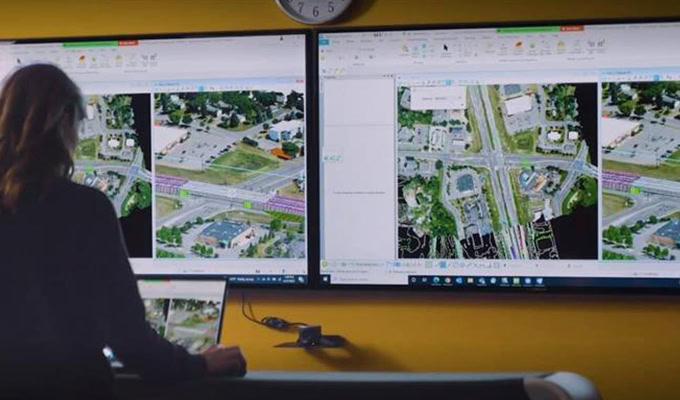
2020 – 2024
Bountiful BSY-ness
When the COVID-19 pandemic hit, collaboration via the cloud became the norm and pushed the infrastructure industry to go digital. It’s within this context that on September 23, 2020, Bentley made a successful initial public offering on the Nasdaq.
Bentley stayed busy over the next four years, acquiring technologies in subsurface infrastructure like Seequent, a global leader in 3D modeling software for geosciences. The company pushed into electric transmission and distribution by acquiring Power Line Systems (PLS) and SPIDA, and announced Bentley Infrastructure Cloud, its end-to-end lifecycle combination of enterprise systems. Bentley also significantly expanded its iTwin Platform to better help engineering firms create and leverage digital twins.
For the first time, annual recurring revenue exceeded $1 billion in 2022. The era also marked a major shift in leadership, as Keith Bentley retired in 2023 and Greg Bentley announced his retirement as CEO to become Executive Chair in March 2024. In July 2024, Nicholas Cumins succeeded Greg Bentley as the first non-Bentley family member to lead the company and unveiled his vision for infrastructure resilience powered by artificial intelligence.

